Is It The Filmmaker or The Camera That Creates Great Looking Nature and Wildlife Footage?
How many times have you watched Nat Geo or Animal Planet and said to yourself, “If only I had the camera those guys use I could get some great footage too”?
I know I used to say it all the time. If I had this I could shoot such better footage or if I had that.
The problem was that it was always something else. I’d buy this gadget or that gadget and yet my footage looked the same, so I figured I needed something else.
Eventually I learned that I could have the greatest gear known to man but if I didn’t know how to use it to its full potential then my footage would never improve.
Once I figured out that no matter how great my camera was, unless I took over the creative end of things, my footage would always look the same.
The Camera is Just a Tool
Modern video cameras are amazing feats of technology. Most cameras have more computing power inside them than what was used to land a man on the moon. Complex algorithms focus the camera, set the iris and analyze the color balance of the scene. You can literally take a camera out of the box, charge the battery, insert your recording media, hit the record button and get great footage. It really is that easy. But here’s the problem. The camera with all its computing power can’t think for itself. It can only do what the technicians programmed it to do. In most cases that’s perfectly okay. But standing side by side with another nature cinematographer, your footage will look exactly alike with the exception of your composition. Your camera is just a tool, incapable of feeling and emotions and if you allow it to make choices for you, it will, but those choices may not be the best choices.
Your Camera Needs to Know That You’re The One In Charge
If you want to capture what you feel in your heart, you need to take creative control away from the camera and start telling it what you want it to do. Once you take this step, you open a door full of possibilities. You decide what the point of focus should be. You decide if you want your shot to be high key or low-key. How do you get that control? You take your camera out of auto mode and set it to manual mode.
Manual Mode is Nothing To Be Afraid Of
I’m sure to some of you the thought of flipping that switch to manual mode might be a little intimidating. In the world of nature and wildlife cinematography things happen quickly. They also disappear just as quickly too. Oftentimes I’ve had a whitetail deer turn and run back into the woods before I can even set my tripod down. So why on earth would you want to take the time to set everything manually?
It certainly is a good question and there certainly are times that even I still shoot in auto mode. One of those times may be doing a sunset time-lapse where I’ll let the camera adjust the iris as the light begins to fade. But for the most part, everything I shoot is in all manual mode.
Like anything new, it may take some time to get the hang of focusing, adjusting the iris and white balancing the camera, but once you do, you separate yourself from everyone else that is shooting in auto mode.
So Lets Focus On Manual White Balance For Now
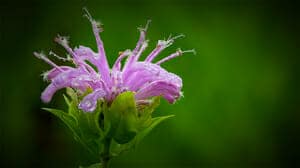 I think everyone understands focus and iris control. One of the ones that I see that most people still let the camera control is white balance.
I think everyone understands focus and iris control. One of the ones that I see that most people still let the camera control is white balance.
White balance is simply a way for the camera to know what the color white looks like under certain lighting conditions. Most cameras have an auto white balance setting which, I don’t know how it works and I don’t want to know how it works. The other is a programmed preset. Most cameras have two, one for indoors and one for outdoors. The problem is that from the time to the sun rises to the time it sets, the color of the light changes. I should really sit out some day in one spot and take a series of shots from sunup to sunset showing how the color of the light changes throughout the day.
Anyway, I know a lot of people who set their cameras preset to outdoors or 5.6k as it’s typically called and shoot from sunup to sundown with the same preset setting. Sure you get some decent footage, but like I mentioned earlier, you’re allowing your camera to make the creative choices not you.
By manually white balancing your camera, you are telling the camera that this is what you want the color white to look like and accordingly how all the other colors should be recorded.
The outdoor preset on my camera tends to shift everything towards the green side. If you are looking at a single shot by itself you may not think it’s off. If you compare it to a manually white balanced shot, you can see that in my case, the footage is shifted more towards the red side of the color spectrum.
Now the way I have my camera settings set up. I tend to favor warm, saturated colors. But if I had my camera set up for a more neutral look you would see that manually white balancing eliminates the green color cast of the preset and gives a nice natural look.
In the video below, I went out and shot some scenes on the outdoor preset as well as manually white balancing. There is no color correction on any of these shots, this is how they were recorded.
After seeing the preset version, you may think the manual balanced version is too red, but if you didn’t have the preset version to compare it to, I don’t think you would notice.
I’ve used the same camera settings for years now. So if you like the look of my footage, these shots that you may think are too red are with the same setting as all my other work. You just don’t have the preset version to compare it to. 🙂
Are You Willing To Give It A Shot?
So after watching the video, let me know what you think. Do you already manually white balance your camera? If not and you’re willing to give it a try, let me know what you think of the footage you get. Do you like it better? Do you think it’s not that big a deal to just shoot on the preset? I want to know what you think.
And as always, shoot the ordinary and make it extraordinary!


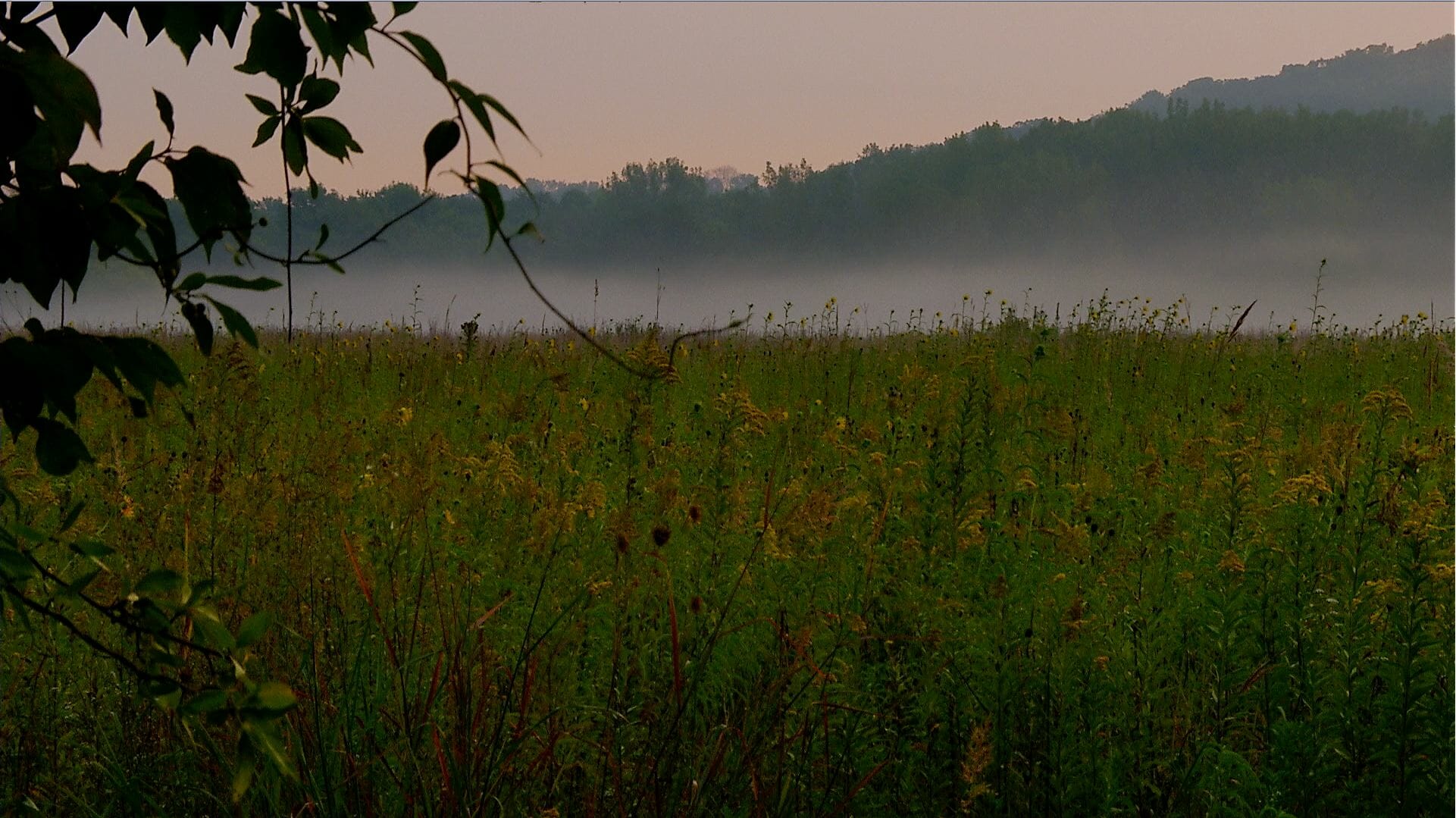

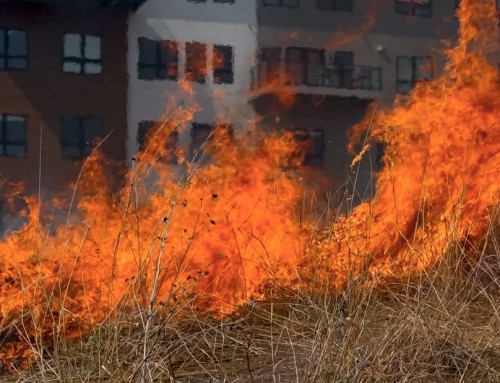
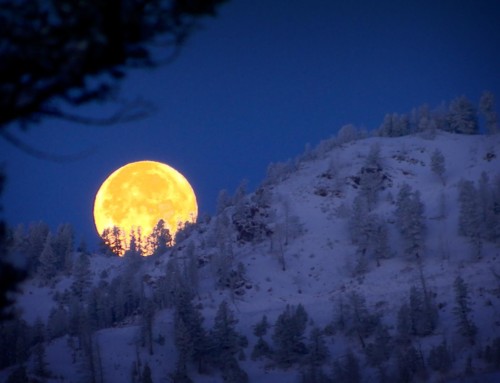
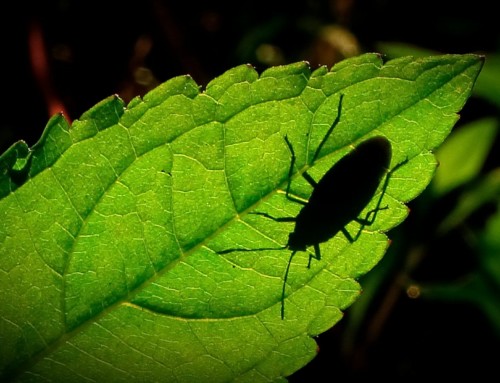

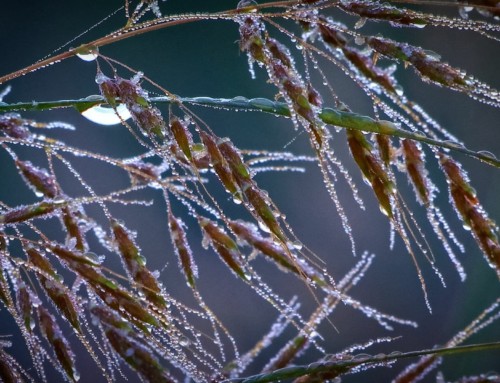
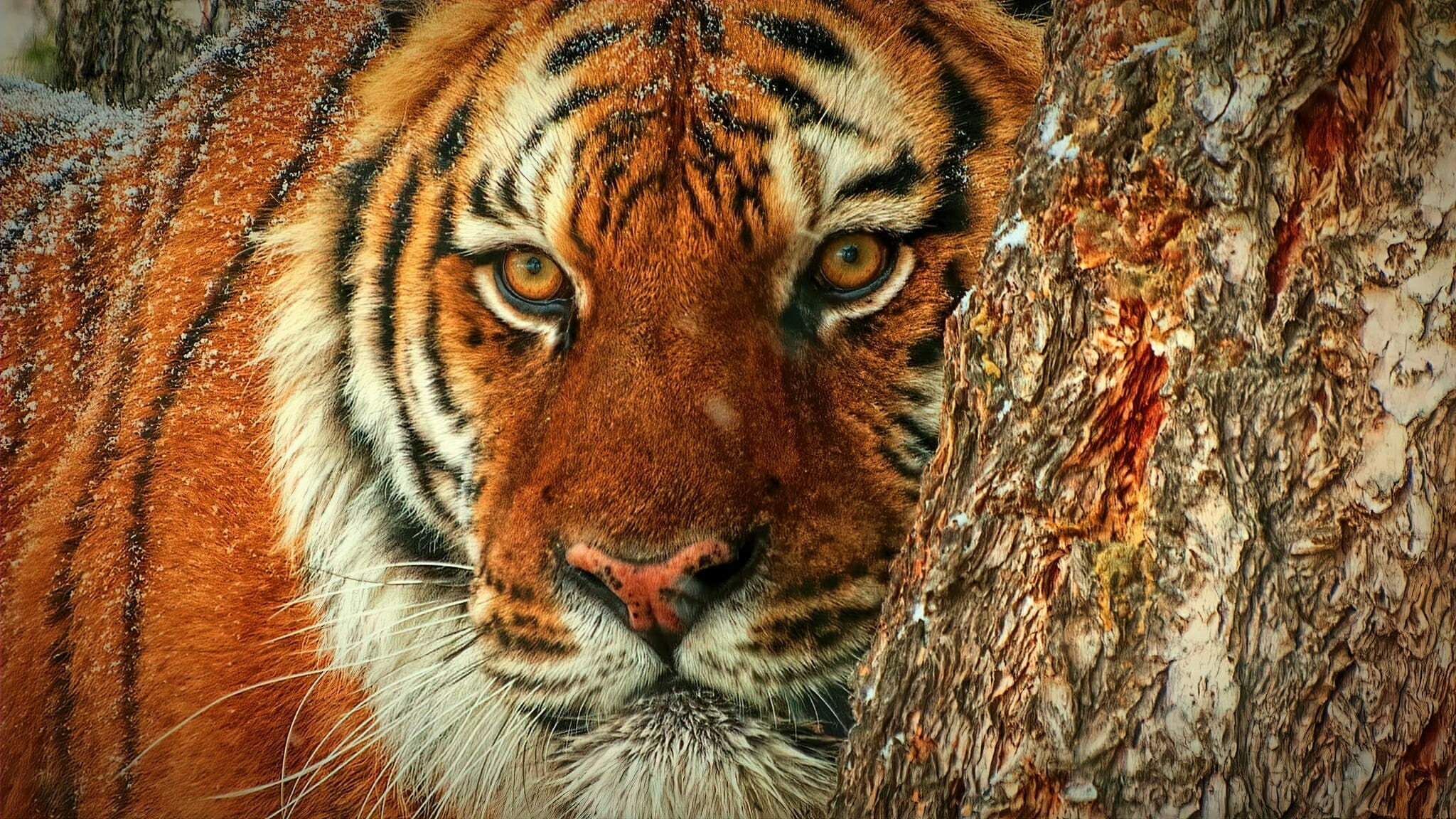
Hi Kevin, great site and great tutorials, thanks! Did you carry out the white balance test on your HPX250?
I actually do that ever since I learned how to. You’re right. The footage always looks like it’s done by a pro.